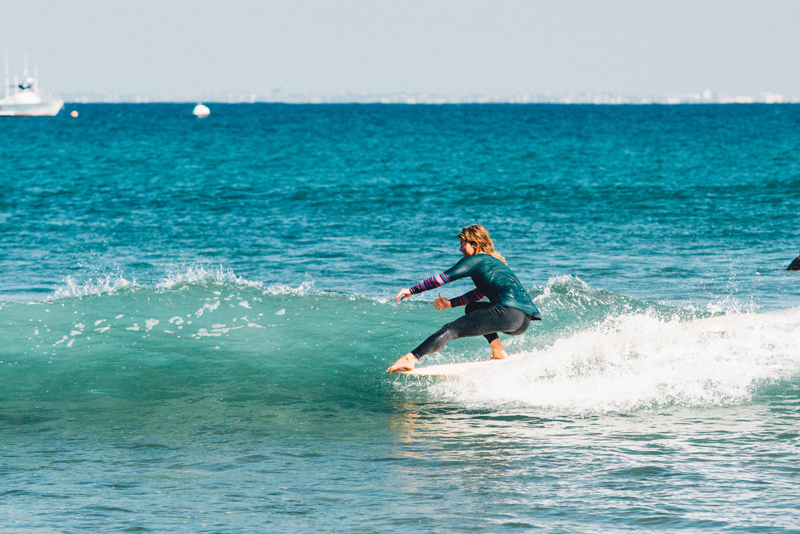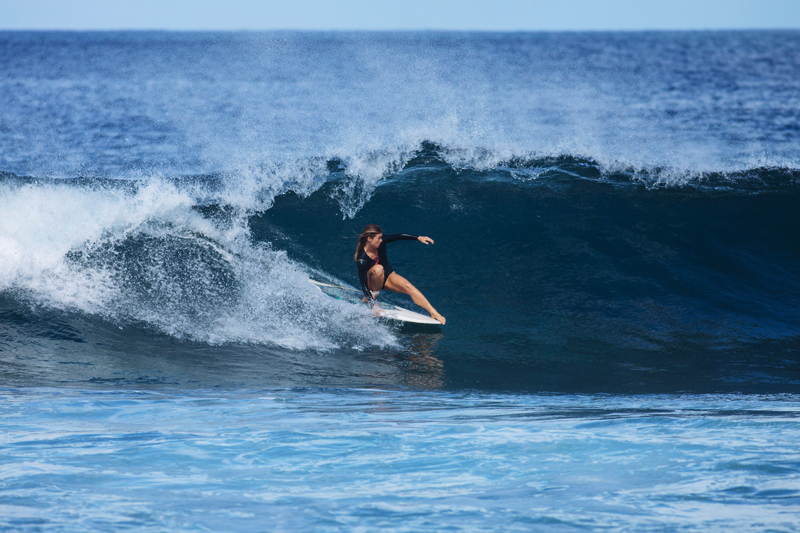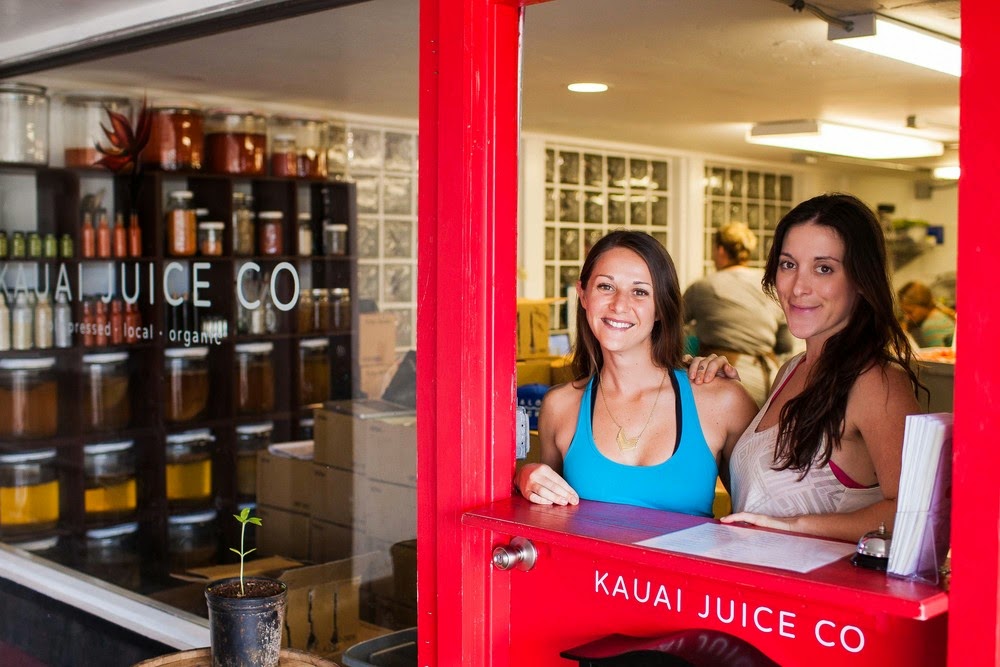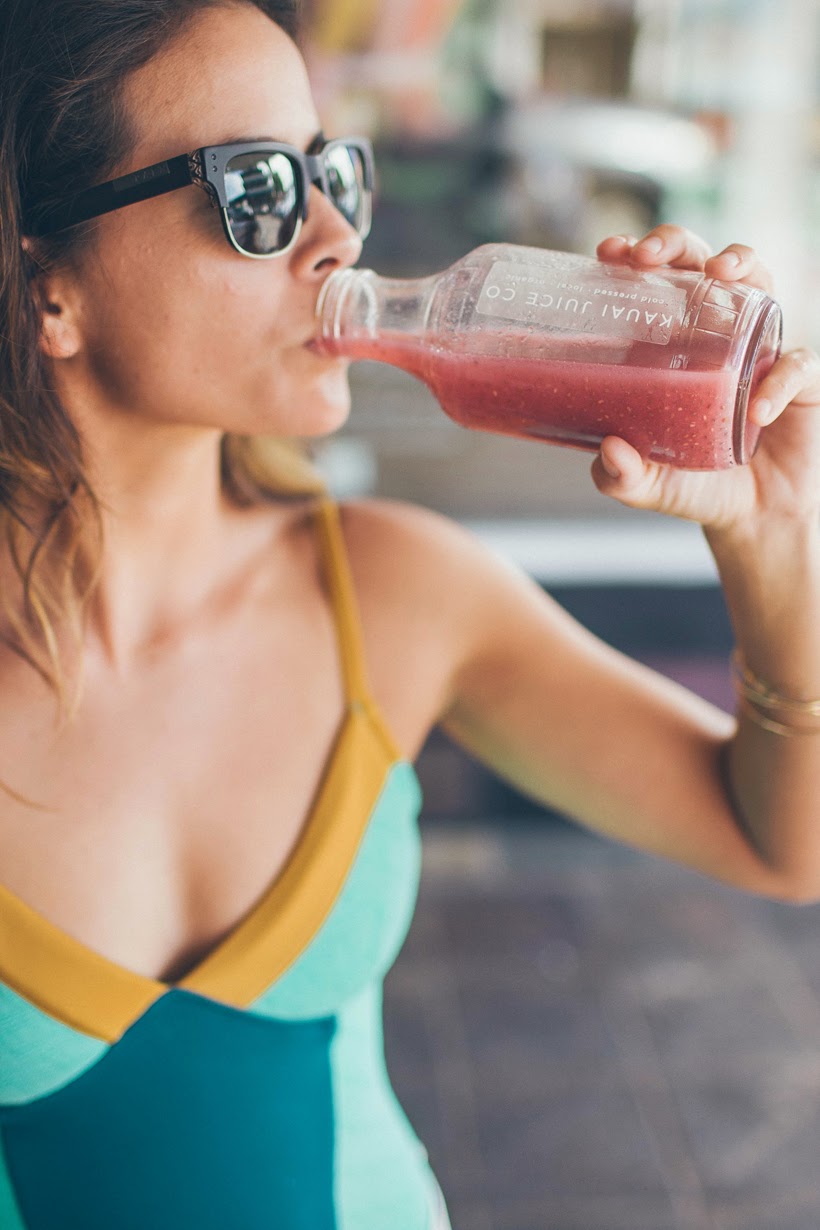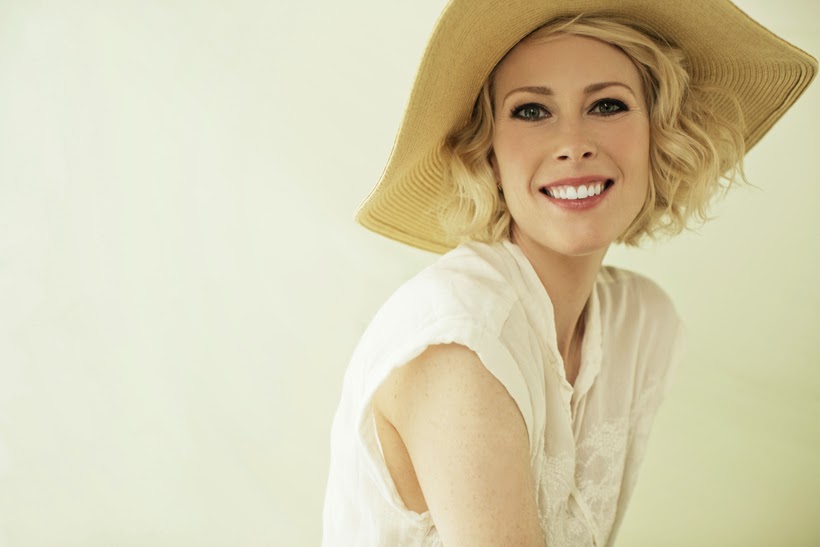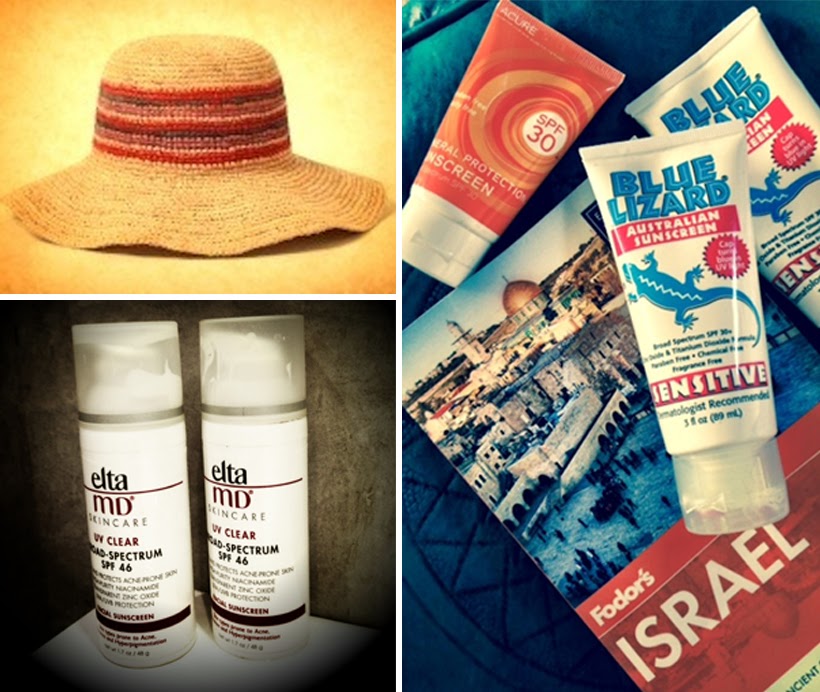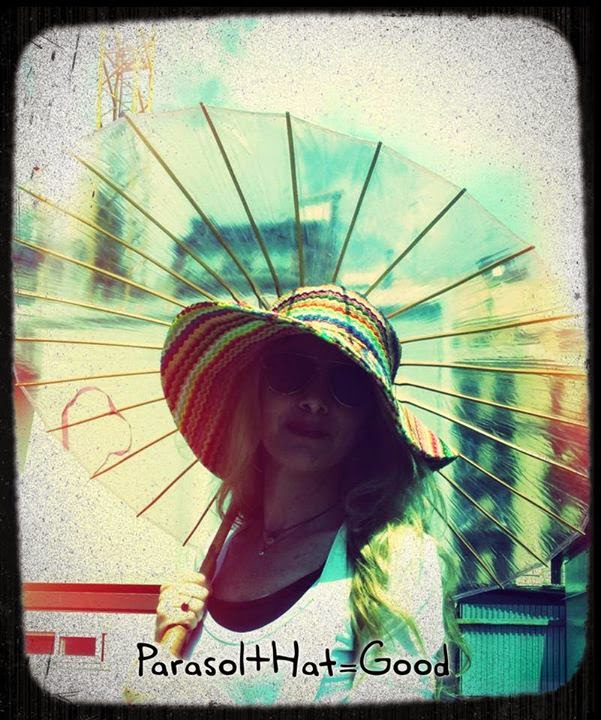 |
| Margaret Yao Calvani at seven months pregnant. Photo courtesy of Kemi Vernon. |
Is it safe to surf while pregnant? That was one of the first questions that Seea designer Amanda Chinchelli asked her doctor when she became pregnant. If the thought of giving up your favorite ocean pastime for nearly a year sounds impossible, we found out that many pregnant women surfers felt the same way and figured out a way to keep the stoke alive into their third trimesters.

We asked our expecting mama friends Margaret Yao Calvani, general manager of Bing & Jacobs Surfboards, and active surfer Arianne Bettazzi to share their personal experiences of surfing while pregnant into their third trimesters.
Everyone's body, pregnancy and surfing skills are unique. Please consult with your doctor and be aware of your body's comfort and limitations to keep your baby healthy!
Is it safe to surf while pregnant?
Amanda Chinchelli: This was the first question to my doctor as soon as I found out I was pregnant. She told me it’s really important to keep active while pregnant and if surfing is my sport and I feel comfortable, yes, it was safe. Of course you have to be more aware of the people around you and avoid falling in certain ways, but if you are proficient you should be able to continue to surf confidently.
Margaret Yao Calvani
: I couldn’t and wouldn’t speak for everyone, but in my case, I think surfing is safe while I’m pregnant. I’ve been surfing regularly, 3 to 5 days per week for the last 15 years and was a competitive swimmer and water polo player before that, so I’d almost say I’m more comfortable in water than on land, less clumsy I’m sure! I take a lot of precautions while surfing pregnant, from the boards I ride, to the conditions, wave size/power, and most importantly, the crowd density. I feel confident in my ability to control my body and surfboard, but I can’t predict what others will do. As I get further along in my pregnancy, I also strongly consider each wave I paddle for to reduce the risk of falling and potential injury. I am always very conscientious to finish each wave by pulling out before any close-out sections and in control of my board, avoiding any bailing or wipeouts.
 |
| Amanda's baby bump under her wetsuit. Thanks to John at Catch Surf for the custom Beater! |
Arianne Bettazzi: According to my doctor it is safe to do anything that you did on a regular basis before you were pregnant as long as you are comfortable doing it, still have your balance, and you are aware of your body and know not to push it, and especially stop if you feel any pain. I worked out a lot before I became pregnant and easy pregnancies run in my family so what I feel comfortable with is probably way different than other women.
Dr. Robert Bradley, a well known ob-gyn, has a great paragraph about doing sports while pregnant in his book, "Husband Coached Childbirth." It basically says that your fetus is safe while doing activities. To get a comparison of what it is like, take a balloon and fill it with air which would symbolize the fetus. Take the small air balloon (the fetus) and put it in a larger thick balloon and fill that balloon with water. Now push on the outer balloon and you'll see that no matter how you try you can't rupture the smaller balloon because it moves when you push on the outer balloon. You can definitely pop the outer balloon but it is very hard to get to the smaller balloon because the water (amniotic fluid) equalizes the pressure. Dr. Bradley's premise is that you have to be careful not to hurt yourself but the fetus is pretty well-protected. That being said, I'm a lot more timid when I surf. I won’t share waves and if it's too big, I stay onshore. One of the main reasons I still feel comfortable surfing is that I'm a strong ocean swimmer and feel perfectly safe swimming for a long distance in the ocean.
 |
| Arianne catching a wave. Photo courtesy of Kemi Vernon. |
Up to how many months did you surf pregnant?
Amanda: In my first four months surfing was the only thing it would make my nausea go away. The fresh water and the fun distracted me. I thought I was going to be able to surf until I was about seven months but my last wave was at early six months in Hawaii and it wasn't even that fun. We were in Waikiki and I had way too many people around me, my belly was already pretty big and I needed my husband to push me into the wave as knee paddling I was not able to get any momentum. I caught two waves and then I decided it was way more fun to swim and bodysurf.
Margaret: I’m currently at seven months pregnant and I am still surfing. I figure I’ll have to stop eventually, but it still doesn’t feel like time yet.
Arianne: I'm still surfing and I'm 34 weeks pregnant but it's getting harder and harder.
 |
| Margaret pulls a cheater five. Photo courtesy of Kemi Vernon. |
Can you lay on your belly?
Amanda: Yes, but it was really uncomfortable for me after the fifth month. My doctor told me to listen to my body and I decided what to do based on that.
Margaret: At six months it started to feel uncomfortable paddling prone on a longboard because of the board’s flotation and the pressure against my belly. I didn’t want to smush my poor baby! But I discovered that I could ride shorter boards and because the boards were thinner and shorter, the tails sank substantially making room for my belly to float just above the board. At five months, I was still riding my 5’6 Bing Dharma 2.0 and at six months, I switched to a fuller volume 5’5 Bing Puck. But now at seven months and 15 pounds later, I’ve jumped up to a 5’10 Bing Dharma made of EPS to give me more float and glide when paddling and easier entry into the wave, not to mention more stability when I pop-up — which has definitely slowed down a bit! The Bing Dharma also has a concave deck so I barely notice that I have a big belly when I’m paddling. I’m super lucky to have access to so many different style and sizes of surfboards — perks for marrying a surfboard shaper!
Arianne: You can lay on your belly as long as you are comfortable with it. If you start to feel queasy or it hurts you should not lay on your belly anymore. I usually float next to my board while I wait for sets. I cannot eat before I surf otherwise I get indigestion. Also, I sometimes feel out of breath a bit easier, so my surf sessions tend to be shorter and I'm exhausted afterwards.
 |
| Amanda cushions her body with a foam surfboard. |
How do you paddle?
Amanda: I always knee paddle, and that worked fine until my belly was too big to get my hands in water. It was fun while it lasted, though!
Margaret: When it does get too small or weak to ride my 5’10 Bing Dharma (ankle to waist high), then I’ll get on my 9’6 Bing Elevator or Bing Silver Spoon and knee paddle out into the lineup. I have a history of knee injuries so I try to keep knee paddling to a minimum. I’ll still prone-paddle into the waves but I try to put all the weight on my chest and knees so that I’m not laying flat and putting all the pressure on my belly. As soon as the waves are at least waist high plus, I switch over to my 5’10 Bing Dharma and can paddle prone on that board very easily without feeling the slightest bit of discomfort.
Arianne: I paddle like normal on my belly because I never learned how to knee paddle. These days I paddle a lot slower because my board goes side to side a lot more as I get bigger. It's definitely a lot harder to catch waves and I have to start paddling a lot sooner to catch anything.
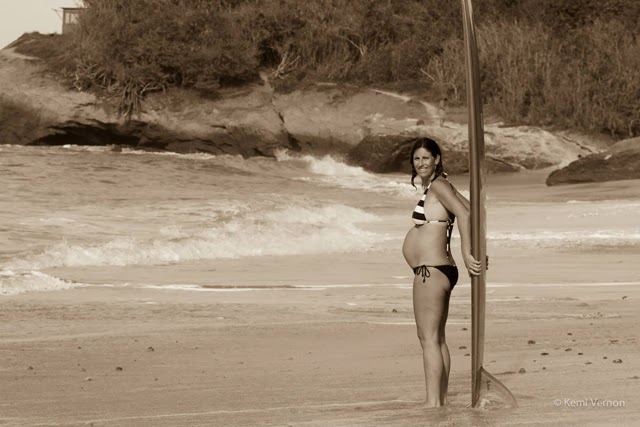 |
| Arianne with her longboard. Photo courtesy of Kemi Vernon. |
What kind of board do you use that's easiest to paddle and feel safe?
Amanda: After my fifth month I surfed on a nine-foot foam board. I felt safer in case of any accidents and also it was way more comfortable on my feet when knee paddling.
Margaret: Contrary to what most people think and what might seem logical, I’ve become more of a “shortboarder” while pregnant and I only longboard when I have no other choice. The reasons are because longboards are:
(a) heavy to carry down our long trails and I’m already carrying around extra prego weight,
(b) they’re also heavier to turn in the water which causes a lot of torque on your back, an area that already gets sensitive when you’re prego,
(c) my instinct is always to walk forward on my longboard to get a noseride and this increases your chance of losing balance and falling,
(d) there’s a lot of board to fall on or bump into when and if you do fall. So in my opinion, longboards can be a bit more dangerous to surf in pregnancy, as opposed to my lightweight EPS 5’10 Bing Dharma which is a breeze to carry anywhere, easy to paddle, can be duck dove under sets, and if I have to fall, I can kick it away from myself to ensure that I don’t bump into it.
Arianne: I love my Bing Karma 7'6" single-fin egg. I love that board and while pregnant have surfed all over Southern California, as well as Sri Lanka and Mexico. I choose that board because I'm the most comfortable and familiar with it and it surfs well on all different waves and it's thick enough to float me even pregnant.
 |
| Amanda and Brian when they broke the news to friends and family. |
What other kinds of exercise do you do if you can't surf?
Amanda: In my experience swimming is the best thing you can do pregnant. It feels amazing, no gravity and a great workout. The rhythm of breathing is also very meditative and I think a good preparation for birth. Baby likes it, too as she gets rocked back and forth.
Margaret: I do yoga regularly because I've read that it’s a great way to get your body strong, limber and ready for childbirth, but I also ride a stationary bike at home when I’m short on time or go for walks and hikes when the surf is flat, too big or too crowded.
Arianne: I still ride my road bike, do pilates, yoga, weight lifting, and hike. I really focus on keeping in shape so that I still feel safe to surf. I can still do planks in yoga and pilates and I spend a lot of time trying to keep my core and back strong to protect my body from injury. I'm not sure how much longer I will be able to surf, I only have six weeks left to go until my son is born but as of now I still feel comfortable surfing—if only I didn't have to deal with getting the wetsuit on and off!
 |
| Margaret in Mexico wearing the Seea Swami's Playsuit. Photo courtesy of Kemi Vernon. |
What advice do you have for women who want to surf when pregnant?
Amanda: Pay attention to your body and stay away from kooks and crowded spots.
Margaret: I think the most important thing is to know your own limitations — only continue with any activity if you feel confident and it feels “right.” Everyone’s body is different and everyone’s pregnancy is different too. I would definitely reconsider my choice to continue surfing if I had a high-risk pregnancy or didn’t have the confidence to maintain control of my body and my surfboard. Each time I choose to paddle-out, I don’t do it willy-nilly or haphazardly. I consider all the factors that I mentioned previously and even still, when I’m out in the line-up I try to stay very vigilant and aware of who can surf and who’s out of control and to try and predict where people will try to go on a wave so that I can be a step ahead and avoid potential collisions.
Arianne: Consult with your doctor and make sure it's safe for you. Every person has a different body and a different pregnancy. I've had an easy, healthy pregnancy and I worked out a lot before I was pregnant and have continued to do so throughout my pregnancy, but what works for me may not work for another person. If you feel safe to surf then surf. If you ever feel that you are endangering yourself or your baby or if it hurts, then get out of the water and you may be done for the day or you may be done for your pregnancy. Be more cautious, stay away from crowds, and don't feel guilty for bailing your board if you feel like holding on to it will put you at risk. Realize that surfing is going to be a lot harder and you will catch a lot less waves and be okay with it. Sometimes it's super frustrating and I'm over surfing and other times I love it because when I'm riding a wave I feel like a normal person instead of a woman with a huge basketball strapped to the front of me. Your back will hurt as you get further along so you may only be able to surf a few times a week, make sure you do yoga or something to stretch out your back. Get someone to help you put on and take off the wetsuit — that is seriously the hardest part of surfing these days - and stop when it's not fun anymore.
 |
| Arianne overlooking the beach. Photo courtesy of Kemi Vernon. |
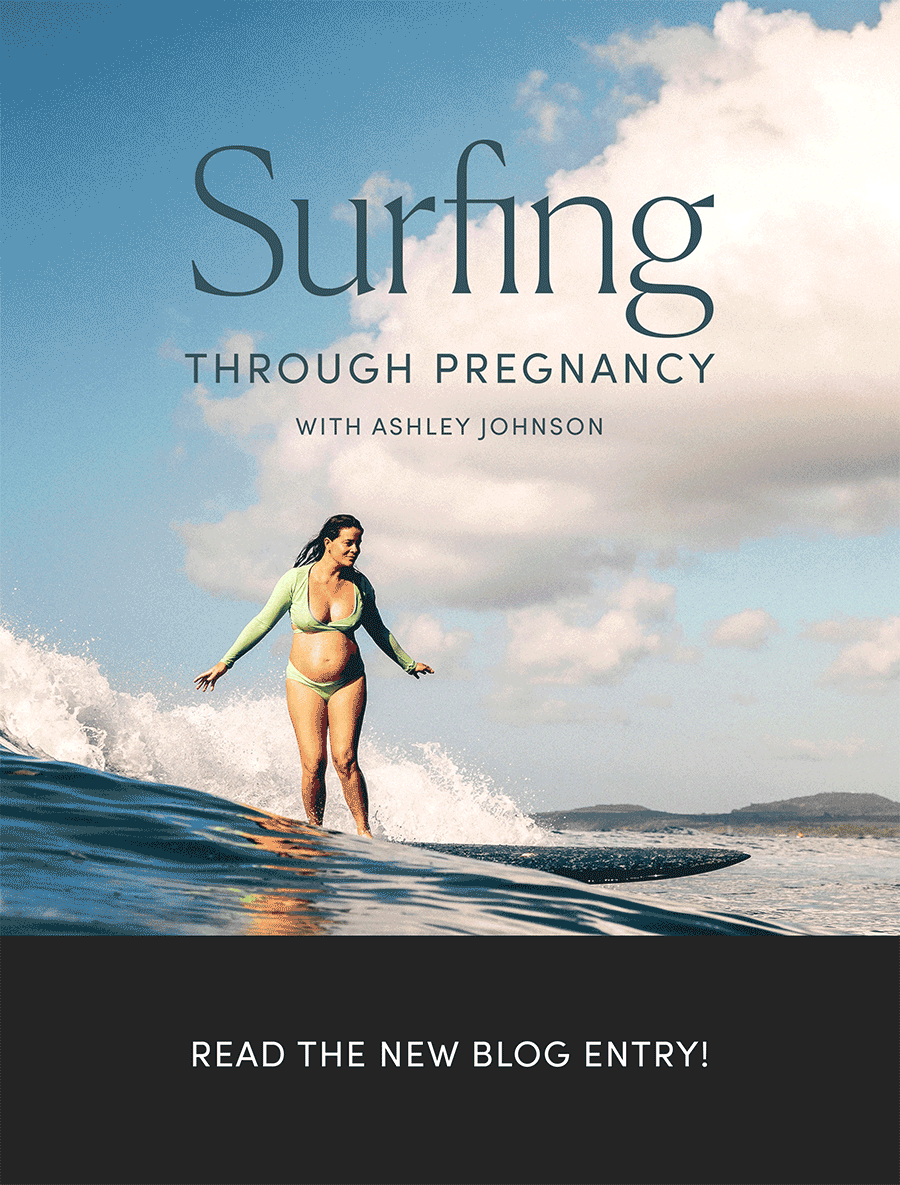
]]>
